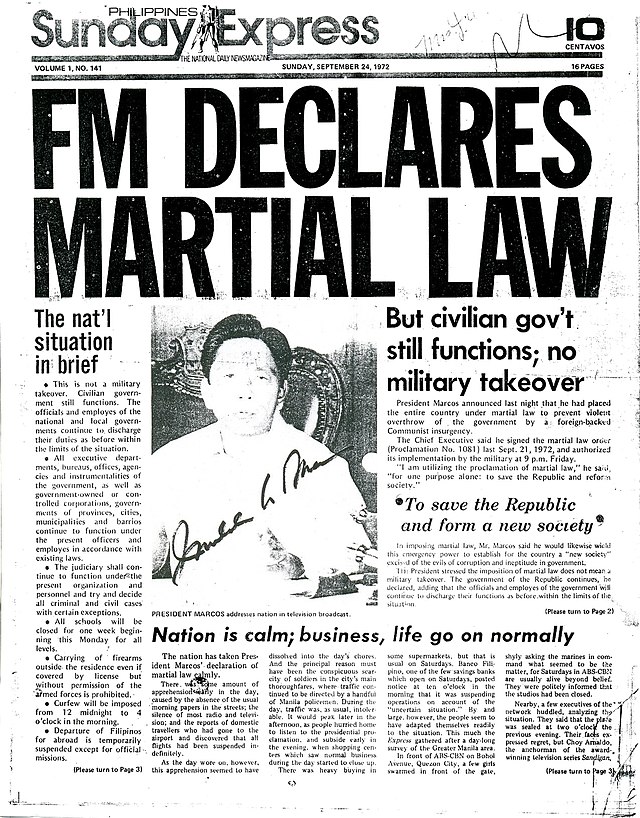Not known Facts About News Articles
Table of ContentsExcitement About News ArticlesWhat Does News Articles Do?News Articles for Dummies9 Easy Facts About News Articles ExplainedRumored Buzz on News Articles
Excellent expertise of various subjects gives students a competitive edge over their peers. Although electronic and social media are conveniently obtainable, we must not fail to remember exactly how essential it is to read the newspapers. Parents need to attempt and inculcate the practice of checking out a paper as an everyday regimen to continue the heritage of the adored print medium.News tales additionally contain at least one of the complying with vital characteristics relative to the designated audience: distance, importance, timeliness, human passion, curiosity, or repercussion.
Within these limitations, information tales additionally intend to be comprehensive. Other factors are included, some stylistic and some obtained from the media type. Amongst the bigger and extra highly regarded newspapers, fairness and equilibrium is a significant consider presenting information. Commentary is normally constrained to a different area, though each paper may have a different overall slant.
Papers with a worldwide audience, for instance, tend to make use of an extra formal design of composing. News Articles.; common design guides consist of the and the US News Design Publication.
What Does News Articles Mean?
As a guideline, reporters will certainly not use a long word when a brief one will certainly do. They use subject-verb-object building and brilliant, active prose (see Grammar). They provide narratives, instances and allegories, and they hardly ever depend upon generalizations or abstract concepts. Information authors attempt to stay clear of using the exact same word a lot more than as soon as in a paragraph (sometimes called an "echo" or "word mirror").
Headlines sometimes leave out the subject (e.g., "Jumps From Watercraft, Catches in Wheel") or verb (e.g., "Pet cat lady lucky"). A subhead (additionally subhed, sub-headline, subheading, caption, deck or dek) can be either a subservient title under the primary headline, or the heading of a subsection of the write-up. It is a heading that comes before the major message, or a group of paragraphs of the main message.

Additional signboards of any of these types might show up later in the article (especially on succeeding web pages) to tempt additional analysis. Such signboards are additionally made use of as pointers to the post in various other areas of the publication or website, or as promotions for the piece in other publication or websites. Normal framework with title, lead paragraph (recap in vibrant), various other paragraphs (information) and call information.
Example of a hard-lead paragraph NASA is recommending another space job. The agency's spending plan demand, introduced today, consisted of a strategy to send out one more objective to the Moon. This time around the agency hopes to establish a long-term center as a jumping-off factor for various other area experiences. The budget plan requests roughly $10 billion for the have a peek at these guys project.
The NASA statement came as the agency asked for $10 billion of appropriations for the job. An "off-lead" is the second most important front web page information of the day. The off-lead shows up either in the top left edge, or directly below the lead on the. To "hide the lead" is to begin the write-up with history info or information of additional significance to the readers, compeling them to check go now out more deeply right into a write-up than they must have to in order to discover the vital points.
A Biased View of News Articles
Typical usage is that or 2 sentences each create their very own paragraph. Reporters usually explain the organization or structure of a newspaper article as an upside down pyramid. The vital and most intriguing components of a story are put at the beginning, with supporting info adhering to in order of diminishing significance.
It allows people to check out a topic to just the deepness that their curiosity takes them, and without the imposition of information or nuances that they might consider pointless, but still making that info readily available to more interested readers. The upside down pyramid framework additionally allows posts to be cut to any kind of approximate size during layout, to suit the room available.
Some authors begin their stories with the "1-2-3 lead", yet there are numerous type of lead offered. This layout invariably starts with a "Five Ws" opening up paragraph (as described above), followed by an indirect quote that serves to support a significant aspect of the very first paragraph, and then a straight quote to support the indirect quote. [] A twist can describe multiple points: The last tale current broadcast; a "pleased" story to finish the show.
Longer posts, such as publication cover posts and the pieces that lead the within areas of a newspaper, are understood as. Attribute tales differ from straight information in several ways.
The 7-Second Trick For News Articles
The reporter usually information communications with meeting topics, making the item more personal. An attribute's initial paragraphs usually associate an intriguing minute or occasion, as in an "anecdotal lead". From the particulars of an individual or episode, its view promptly broadens to abstract principles regarding the tale's topic. The section that signifies what a function has to do with is called the or billboard.

The Editor's Toolbox: A Reference Guide for Beginners review and Professionals (2001) Allan M. Siegal and William G. Connolly. The New York City Times Guidebook of Style and Use: The Authorities Style Overview Made Use Of by the Writers and Editors of the Globe's The majority of Reliable Paper (2002) M. L. Stein, Susan Paterno, and R.